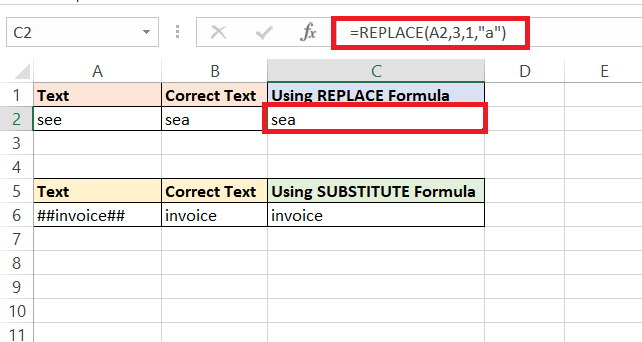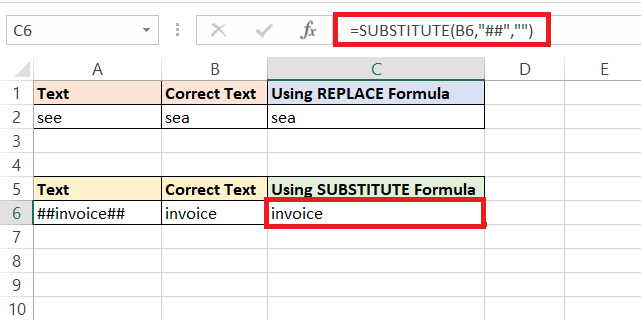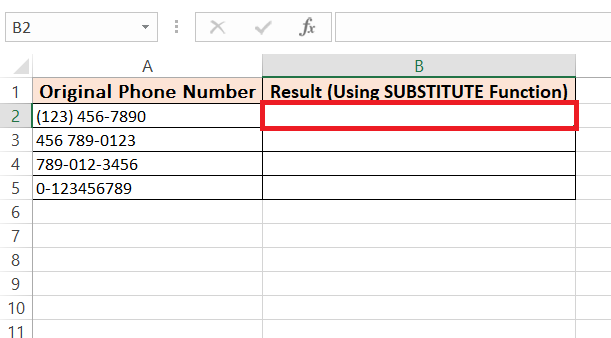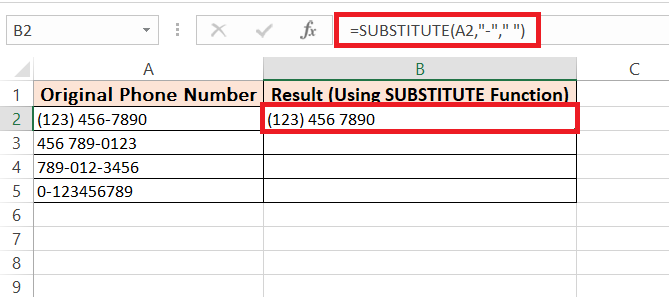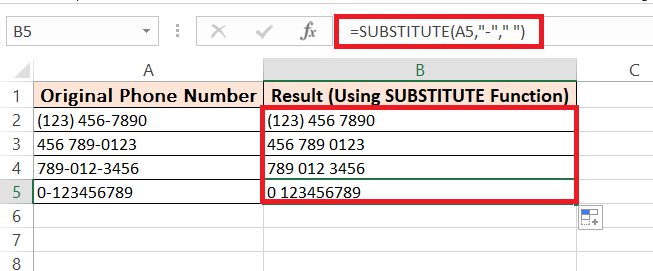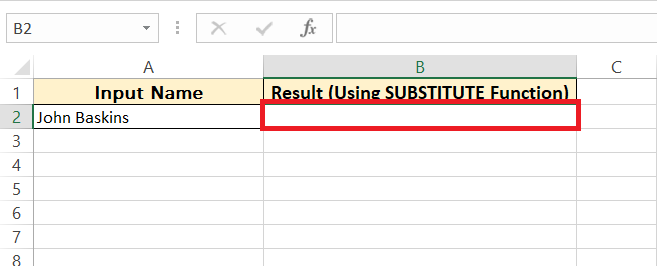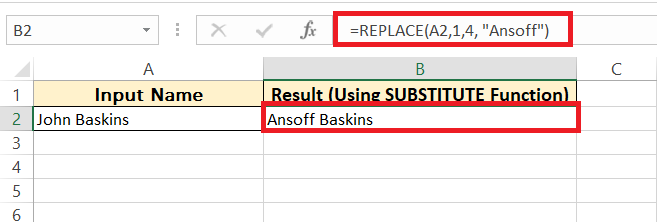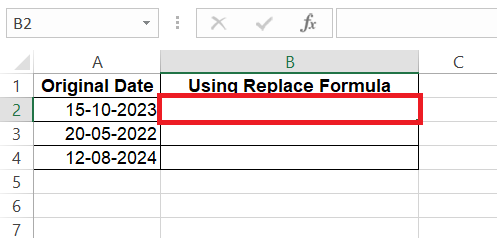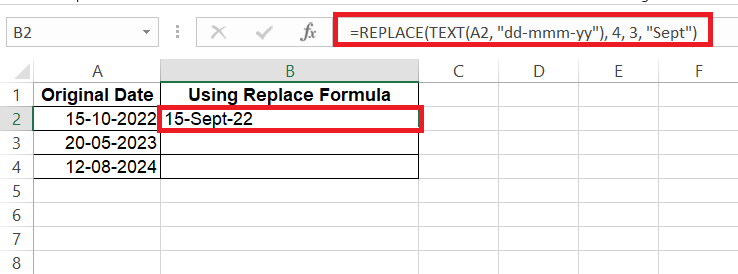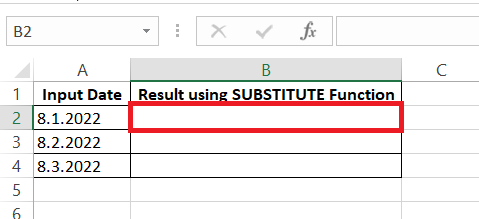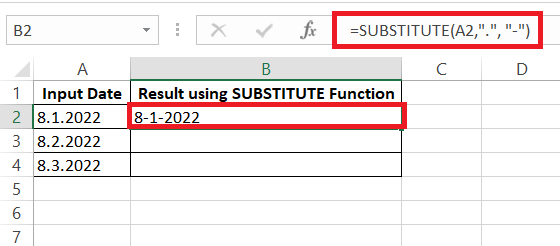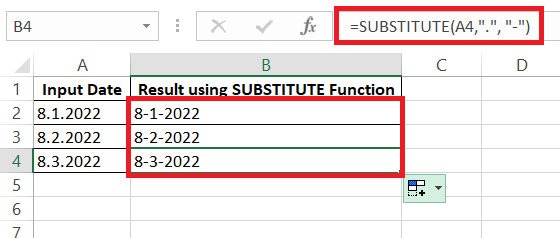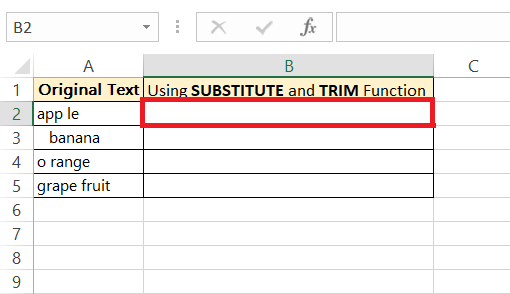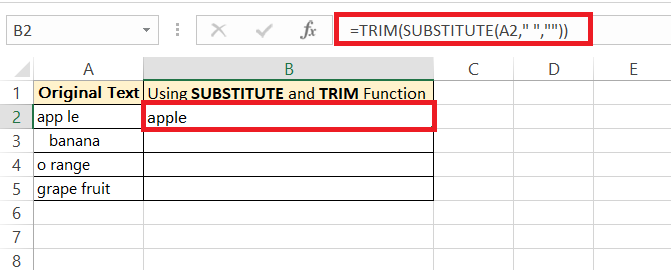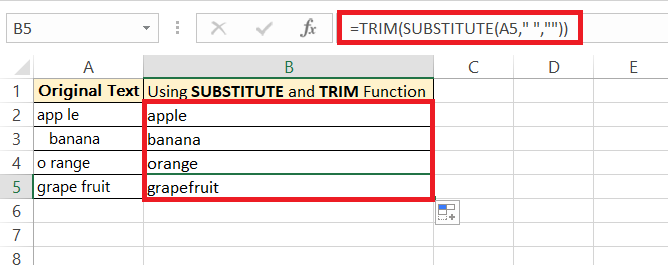

Picture this: you’re staring at a column filled with text in Microsoft Excel, and you suddenly realize that you need to swap or omit some characters. Now, you could go cell by cell and manually update everything—but why do that when you can harness the powerful REPLACE and SUBSTITUTE functions?
These Excel magicians allow you to make bulk text alterations with the finesse of a seasoned data whiz. By mastering these functions, you can say goodbye to monotonous editing and hello to a streamlined workflow that not only saves time but also ensures consistency across your data.
Key Takeaways
- REPLACE and SUBSTITUTE functions in Excel are invaluable for editing mixed text and numerical data. They allow you to standardize formats and correct inconsistencies efficiently, saving time and ensuring data accuracy.
- The REPLACE function swaps out text based on character position, making it ideal for fixed-location changes. SUBSTITUTE targets specific text strings, regardless of their position, perfect for replacing known text occurrences throughout a dataset.
- Enhance the power of REPLACE and SUBSTITUTE by combining them with functions like TRIM, UPPER, or LOWER. Nesting these functions allows for comprehensive text manipulation, ensuring your data is clean, consistent, and properly formatted.
- Use these functions for tasks like converting date formats, standardizing phone number formats, and adapting text between different English variants (e.g., British to American spelling). These applications help maintain data uniformity and readiness for further analysis.
Table of Contents
Harnessing the Power of Excel Formulas
The Magic of REPLACE and SUBSTITUTE Functions
- Using REPLACE Function:-
- Using SUBSTITUTE Function:-
Streamline Your Workflow with Simple Tricks
Streamlining your Excel workflow starts with picking up some simple, yet smart tricks. For instance, use the ‘Find and Replace‘ feature for quick character switches or apply a clever use of the REPLACE and SUBSTITUTE functions to transform entire datasets with a single click. These can be handy for correcting typos in bulk or standardizing formatting without the slog of repetitive manual updates.
You’ll be amazed at how these small adjustments can make a colossal difference to your overall efficiency. Plus, you won’t just save time – you’ll cut down on errors, too, ensuring that your data remains pristine and trustworthy.
Understanding the Basics
What is the REPLACE Function?
The REPLACE function in Excel is like your personal text editor, giving you the power to swap out parts of a text string in a cell with something new. You simply tell Excel what to replace, where to start, and where to end, and voilà—it’s done. This function can be particularly useful when dealing with data that requires standardizing or errors that crop up from system imports.
Let’s say you have a product code that’s been updated, and you need to change just a specific segment of that code across multiple records. The REPLACE function swoops in to make this task a breeze without altering the rest of the text string.
Unlocking the Potential of SUBSTITUTE Function
The SUBSTITUTE function is a powerhouse for times when you need to swap out text in Excel. Unlike REPLACE, which is location-specific, SUBSTITUTE targets specific text strings, wherever they may appear. It’s all about the “what” rather than the “where.” Say you’ve got a dataset full of British English spellings and you need to adapt it to American English—SUBSTITUTE will handle everything from ‘colour’ to ‘color’ in one fell swoop. Even better, if you’re grappling with unnecessary spaces or symbols, this function excels at clean-up duty, making it your go-to for creating tidy, uniform data.
Practical Applications of REPLACE and SUBSTITUTE
Cleaning Data with Precision
When you’re on a mission to clean your dataset, precision is key, and the REPLACE and SUBSTITUTE functions are your precision tools. They can sanitize your data, eliminate unwanted characters, and correct inconsistencies with the efficiency of a well-oiled machine. For example, if you find that phone numbers in your list are formatted in various ways, use these functions to strip out spaces, dashes, and parentheses, reformatting them into a uniform style. Remember, clean data is not just about looking good – it’s about being analysis-ready for pivot tables and formulas, ultimately leading to more accurate insights.
Here’s a step-by-step guide for using the SUBSTITUTE and REPLACE functions in Excel to clean up a dataset containing phone numbers formatted inconsistently:
SUBSTITUTE Function:
STEP 1: Select the cell, here cell B2 where you want the cleaned phone number to appear.
STEP 2: Enter the formula “=SUBSTITUTE(A2,”-“,” “)“ where A2 is the cell containing the original phone number. Press Enter to apply the formula.
STEP 3: Copy the formula down to apply it to the entire column.
REPLACE Function:
STEP 1: Select the cell where you want the cleaned phone number to appear.
STEP 2: Enter the formula =REPLACE(A2,1,4, “Ansoff”) where A2 is the cell containing the original name. Press Enter to apply the formula.
These steps will help standardize the format of phone numbers in your dataset, making it analysis-ready for further processing.
Manipulating Dates and Numbers Efficiently
Managing dates and numbers in Excel doesn’t have to be a headache. The REPLACE and SUBSTITUTE functions extend their magic here as well, making it simple to, for example, switch date formats from D/M/YYYY to M/D/YYYY with precision and efficiency. But watch out – because dates and numbers might not be straightforward text.
They’re often stored as serial numbers, so you might need an extra step to make sure you’re editing what you see, not the underlying value. By weaving in functions like TEXT or DATEVALUE, conversions, and manipulations become a breeze, ensuring your data is not just consistent but still fully functional for any calculations or timelines you might have in store.
Here’s how you can do it using Excel REPLACE Function:
STEP 1: Select the cell where you want the cleaned phone number to appear.
STEP 2: Enter the formula “=REPLACE(TEXT(A2, “dd-mmm-yy”), 4, 3, “Sept”)” where A2 is the cell containing the original name. Press Enter to apply the formula.
STEP 3: Copy the formula down to apply it to the entire column.
SUBSTITUTE Function:
STEP 1: Select the cell, here cell B2 where you want the cleaned phone number to appear.
STEP 2: Enter the formula “=SUBSTITUTE(A4,”.”, “-“)” where A2 is the cell containing the original phone number. Press Enter to apply the formula.
STEP 3: Copy the formula down to apply it to the entire column.
Advanced Tips for Text Manipulation
Nested Functions for Comprehensive Edits
One of Excel’s superpowers is its ability to nest functions within one another for more complex and comprehensive editing tasks. Think of nested functions as stacking layers of commands, allowing you to perform multiple operations in a single formula.
Combine the REPLACE or SUBSTITUTE function with TRIM to eliminate extra spaces, or nest them with UPPER or LOWER functions to change the text case while also replacing characters. These nested ensembles can reshape your data in ways that single functions alone cannot, delivering detailed edits across expansive datasets with just one formula.
Here’s an example illustrating how nested functions in Excel can be used to combine SUBSTITUTE with TRIM for cleaning up data:
Nested Function to Remove Extra Spaces:
STEP 1: Select the cell where you want the cleaned text to appear.
STEP 2: Enter the formula ‘=TRIM(SUBSTITUTE(A2,” “,””))’ where A2 is the cell containing the original text. Press Enter to apply the formula.
STEP 3: Copy the formula down to apply it to the entire column.
This nested function first uses SUBSTITUTE to remove any extra spaces from the text, then TRIM to remove leading and trailing spaces, ensuring clean and consistent data.
Tackling Variable Position Strings
Sometimes the characters you want to replace in Excel don’t have a fixed position— they could be anywhere. That’s where a bit of creativity with the SUBSTITUTE formula comes into play. By identifying the distinguishing features of the text strings, you can reliably locate and modify them, even if their positions vary.
This could mean swapping out middle initials in a name list without touching the first and last names or changing file extensions in a batch of document labels. Mastering this trick requires a keen eye for patterns and a good grasp of how to leverage Excel’s function flexibility to your advantage.
FAQs
How do I replace one character to another in Excel?
To replace one character with another in Excel, use the SUBSTITUTE function. For example, to replace all spaces with hyphens in cell A1, you’d use =SUBSTITUTE(A1, ” “, “-“). This formula finds every space in the text and substitutes it with a hyphen. Just type this into a cell and press Enter to see the new string.
What’s the Difference Between REPLACE and SUBSTITUTE in Excel?
The main difference lies in their approach: SUBSTITUTE replaces specified text occurrences throughout a string, ideal for known text changes, while REPLACE swaps text based on character positions, perfect when the location of the text to change is constant. Use SUBSTITUTE when you know “what” and REPLACE when you know “where” in the text string.
Can These Functions Be Used to Modify Numeric Values?
Absolutely, but with a caveat. Both REPLACE and SUBSTITUTE can modify numbers within text strings. However, if you’re working with actual numeric values or dates, ensure you first convert them to text to prevent odd results or errors. After editing, you can convert them back if necessary for calculations.
How Do I Handle Replacements at Different Positions Within a Cell?
For replacements at different positions within a cell, nested REPLACE functions are your friends. Start with the innermost replacement and work your way out. Each REPLACE function handles the result of the previous one, allowing for multiple specific edits within the same cell. Remember to keep track of how your text changes with each step!
Are There Limitations to the Number of Changes I Can Make With These Functions?
No, there aren’t inherent limitations to the number of changes you can make with REPLACE or SUBSTITUTE functions. However, there’s a practical limit based on Excel’s cell character limit, which is 32,767 characters. So, keep an eye on performance and complexity, especially with extensive data sets.


John Michaloudis is a former accountant and finance analyst at General Electric, a Microsoft MVP since 2020, an Amazon #1 bestselling author of 4 Microsoft Excel books and teacher of Microsoft Excel & Office over at his flagship MyExcelOnline Academy Online Course.


